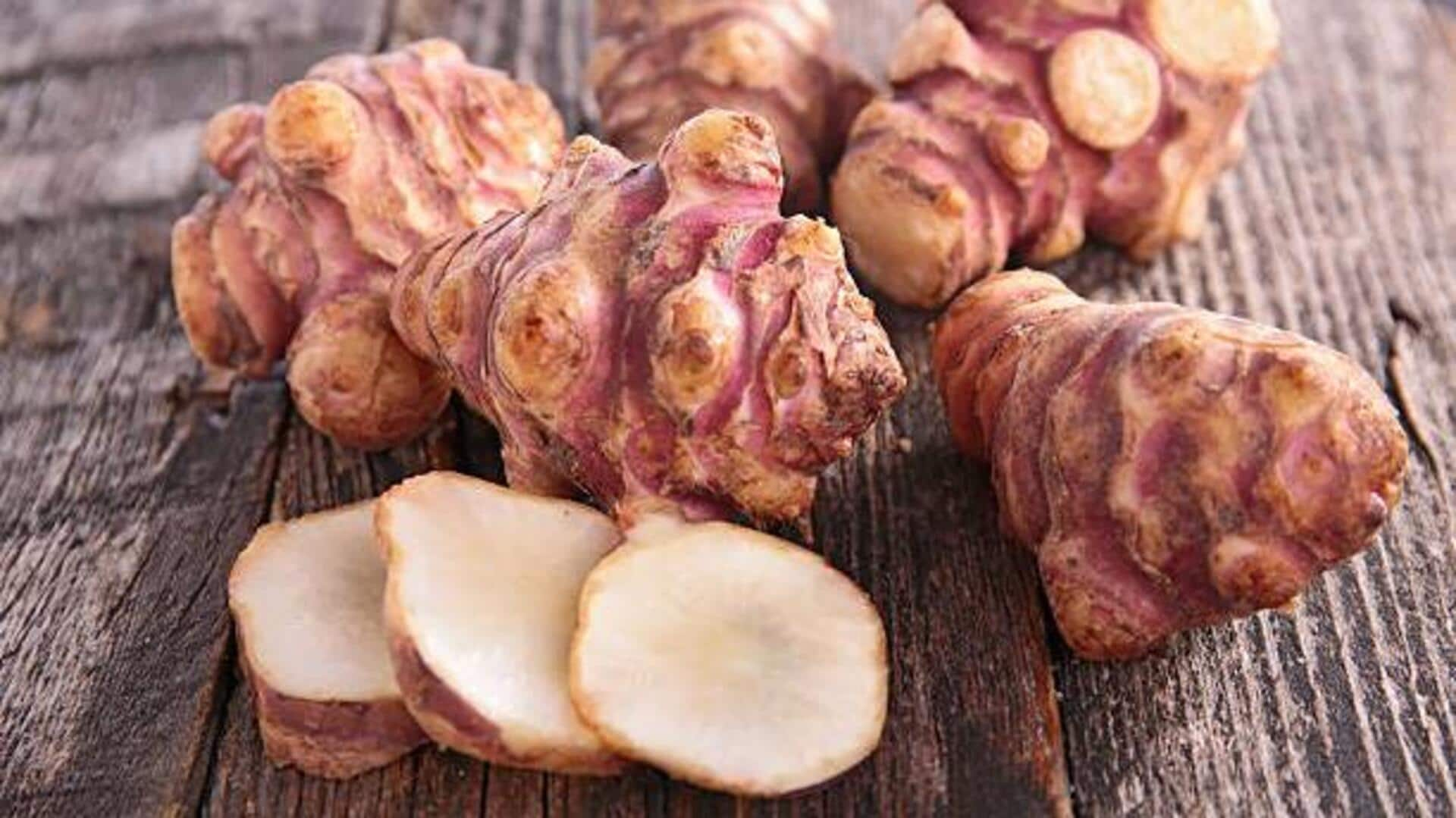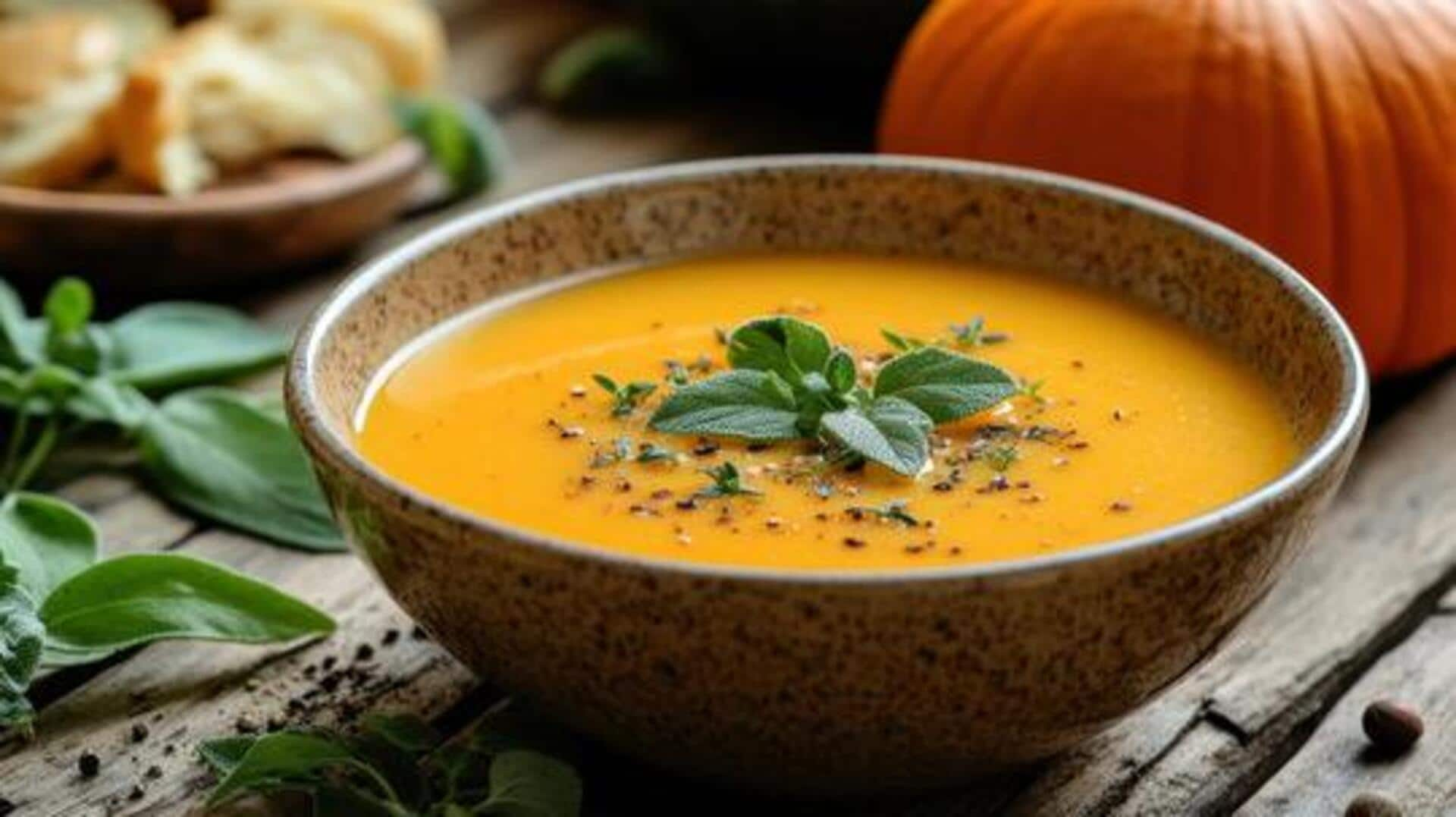Culinary Foundations
Embarking on a culinary journey requires establishing a robust foundation, crucial for success. Before diving into complex recipes, grasp essential cooking
techniques like sautéing, roasting, and simmering. Sautéing entails swiftly cooking food in a pan with a small amount of oil or fat over medium-high heat, sealing in flavors and textures. Roasting, in contrast, involves cooking food in the oven, often at higher temperatures, imparting a caramelized crust and tender interior. Simmering involves gently cooking food in liquid just below the boiling point, ideal for creating flavorful stews and braises. Knife skills also play a vital role. Precise cuts such as dicing, mincing, and slicing can significantly impact the final dish's presentation and texture. Remember to understand the importance of ingredient selection. Use fresh, high-quality ingredients to enhance the flavor and nutritional value of your creations. Mastering these basics offers a gateway to exploring diverse cuisines and developing your unique culinary style. Experimenting with flavors and spices is also a great idea. Don’t be afraid to try new flavors and spices, like ginger, which is a great spice, and it can be used in sweet and savory dishes. These basic foundations can ensure your recipes become a success.
Spice Blends Creation
Crafting custom spice blends offers an opportunity to personalize your dishes. The blend's composition impacts the final flavor profile and can transform ordinary meals into extraordinary experiences. First, understand the flavor profiles. Start by identifying core flavors and understand how spices will interact and blend. Next, source your spices. Start with fresh, whole spices for the best flavor, and grind them just before use to preserve aroma. Experimentation is key. Start with a simple base and build up flavors, adding pinches of this and that to achieve your desired taste. Remember the ratio of spices, and adjust as you go. A common starting point includes a balance of warm spices (like cinnamon, cloves), pungent spices (such as black pepper), and herbs (such as oregano and thyme). Store the spice blend in airtight containers, shielding them from light and moisture. This will help retain their flavors. Label the container with its name and the creation date to keep track. Note how different spice blends can complement different cuisines. For example, garam masala enhances Indian dishes, whereas herbes de Provence adds a Mediterranean touch. By experimenting with flavors, you can master the art of spice blend creation.
The Art of Sauces
Sauces can turn basic ingredients into culinary masterpieces, enriching flavor and adding moisture to dishes. The process involves several key elements, including the thickening of the base, and the incorporation of flavor, which gives each sauce its unique identity. Roux, a mix of equal parts butter and flour, is a foundation for thickening sauces like béchamel or velouté. Emulsions, like mayonnaise and hollandaise, involve blending oil and a thickening agent like egg yolks. Start with a basic sauce, like a bechamel, by cooking the butter and flour (roux) over low heat until it forms a paste. Then, slowly whisk in warm milk and bring to a simmer until it thickens. The flavors depend on the ingredients you add. Once the sauce is thickened, you can add herbs, spices, or other seasonings to give it your preferred taste. When creating emulsions, be sure to gradually add the oil, whisking constantly to prevent the sauce from separating. As for cooking sauces, it is important to remember that they are a crucial part of the dish. Proper sauce-making ensures your meals become amazing!
Baking Techniques Explained
Baking demands both precision and creativity, requiring an understanding of fundamental techniques to ensure success. First and foremost, comprehend the crucial roles of ingredients. Flour, a base element, provides structure; sugar adds sweetness and aids in browning. Leavening agents such as baking powder or yeast generate the rise needed for the fluffy texture. Fat influences tenderness and flavor. Start with a basic recipe and adhere to ingredient measurements. Using a kitchen scale for precise measurements can greatly improve accuracy. Prepare the oven, ensuring it is preheated to the correct temperature before introducing the baking items. Understand the science behind the process: For instance, gluten development in flour influences the final texture, while the Maillard reaction (browning) occurs when amino acids and reducing sugars combine at high temperatures. Explore different methods like creaming butter and sugar, folding in dry ingredients, or using the blind-baking technique for pie crusts. Always use high-quality ingredients. A premium vanilla extract makes cookies taste better, while a great chocolate elevates the brownies. Remember, baking is a delicate process. By mastering these techniques and understanding the science, you can create great baked treats.
Plating for Presentation
The presentation of food significantly influences our dining experience, with visually appealing dishes making a memorable impression. This art involves carefully selecting elements and arranging them to create a harmonious and inviting display. Start with the selection of a plate. Choose a plate that complements the dish without distracting from the food. Balance the plate. Consider where to place each element to create a well-composed and balanced presentation. A classic method is the 'rule of thirds', where you arrange food items across the plate visually, dividing the surface into thirds. Incorporate textures and colors. Use a variety of textures and colors. Consider different techniques like stacking, overlapping, or swirling to give it a stylish and elegant touch. Try to add a garnish or a few sprigs of herbs. These can instantly add color and visual appeal to the plate. Pay attention to the cleanliness. Maintain clean plates. The most delicious dish will be less appealing if served on a plate with smudges. Practice plating techniques, as each dish demands a unique approach. Experiment with different methods until you find one that is enjoyable. By doing so, you can create a visually appealing dish.





